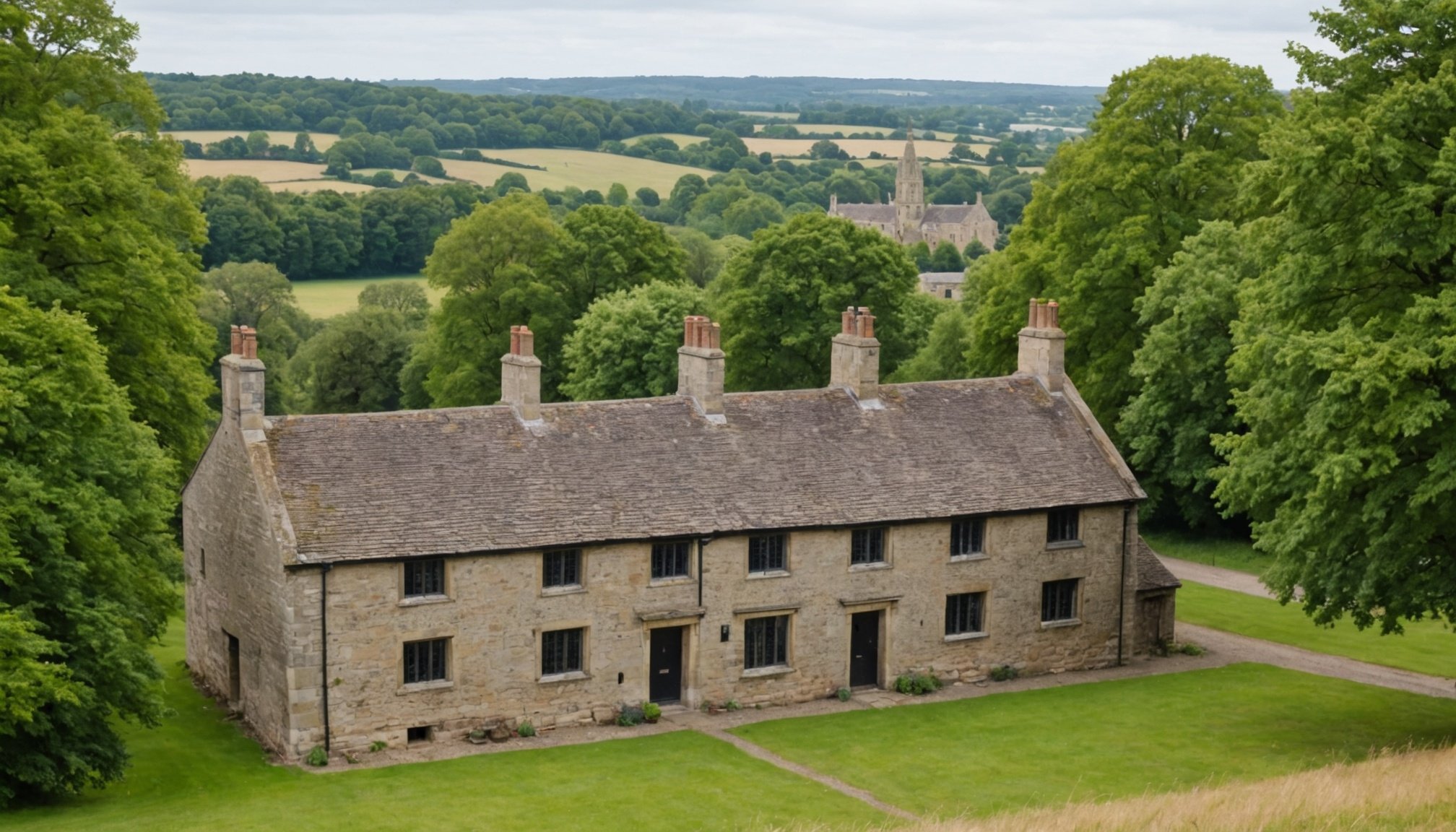Overview of 2023 Legislation on Historical Site Conservation
In 2023, new UK laws were enacted to enhance historical site conservation, with several key objectives and goals. The primary aim of this fresh legislation is to ensure the sustainable preservation of cultural heritage while fostering public engagement. By setting stringent guidelines, the 2023 legislation seeks to prioritise environmental protection concurrent with heritage conservation efforts.
The updated laws introduce innovative measures for conserving historical sites, such as digital documentation and advanced conservation techniques. These methods are designed to ensure the longevity and structural integrity of sites whilst respecting their historical significance. The legislation further outlines the importance of community involvement and education, encouraging public participation in preserving historical sites.
Topic to read : Step-by-Step Guide to Reporting Unlicensed HMOs (Houses in Multiple Occupation) in the UK
Potential effects of this legislation on current preservation efforts are substantial. It aims to harmonise community activities with conservation tasks, reducing conflicts and promoting joint stewardship. Moreover, with increased funding and resources allocated for historical conservation, organisations can leverage advanced technologies to improve site management.
In summary, the 2023 legislation on historical site conservation endeavors to blend tradition with modernity, ensuring that the UK’s rich cultural legacy is preserved for future generations in an inclusive and environmentally conscious manner.
Also to read : Maximizing Your Savings: A Guide for UK Residents to Claim Tax Relief on Remote Work Expenses in 2023
Significant Changes in Conservation Policies
Recent conservation policies have undergone important transformations due to new legislative changes. These adjustments aim to enhance the preservation and protection of historical sites, ensuring they remain integral parts of our heritage. The recent legislative changes reflect a proactive strategy aimed at improving both the management and conservation of such landmarks.
Legislative Changes and Analysis
The new legislative framework introduces measures that are more aligned with sustainable management practices, placing a stronger emphasis on the use of renewable resources in conservation efforts. Unlike previous policies, the current approach incorporates more holistic assessment criteria, focusing not only on conservation but also on community involvement.
Comparative Insights
Conservation policies in the past mainly revolved around maintaining the physical structure of sites. The current legislation, however, broadens this scope to include environmental impact assessments and future sustainability considerations. This holistic perspective offers a more comprehensive protection strategy that encompasses both immediate preservation and long-term viability.
Implications for Site Management
The new changes necessitate that site managers adapt their strategies to align with the recent legislative requirements. This may involve revising site plans to integrate considerations such as climate resiliency. By doing so, historical sites can be better safeguarded against both current and future challenges.
Key Stakeholders and Their Roles
To effectively engage in historical conservation, it’s crucial to understand the stakeholders and their roles. These entities range from local authorities to heritage organizations, with each playing a distinct part in the legislative process.
Local authorities are pivotal, as they enforce regulations and safeguard historic sites. They ensure that developments adhere to conservation laws. Meanwhile, heritage organizations provide expertise and resources. These groups often lead in documenting and promoting the significance of historical sites.
Equally important is the role of community involvement. Communities are not merely passive observers; they drive and support initiatives, offering valuable insights rooted in local culture and history. Their engagement ensures that conservation efforts are meaningful and sustainable.
The interplay between these stakeholders is essential. Collaboration fosters a balanced approach, combining legal oversight, expert knowledge, and grassroots support. Successful historical conservation requires this synergy, leveraging diverse perspectives to achieve a collective goal.
In summary, understanding the intricate roles of stakeholders enhances the effectiveness of conservation legislation. Each participant brings unique strengths, and their concerted efforts elevate the preservation of our shared heritage.
Compliance Requirements and Enforcement Mechanisms
Recent legislation introduces strict compliance requirements for industries, aiming to protect consumer rights and ensure data privacy. These requirements mandate companies to adopt transparent data handling practices. Key compliance areas include data security, user consent, and access management. Companies must regularly audit their data processes to maintain compliance standards.
Enforcement of these requirements is critical. Various enforcement mechanisms are deployed, including regular inspections, audits, and reporting obligations. Agencies authorized by the government carry out these inspections, ensuring adherence to regulations. Robust monitoring systems help track compliance, supporting agencies in identifying violations.
Non-compliance carries significant penalties, acting as a deterrent against violations. These can include hefty fines, legal sanctions, and potential bans from industry-specific operations. Penalties are scaled based on the severity of the non-compliance, offering a proportional response to misdemeanours. The strategic impact of these penalties serves to enforce regulations effectively.
Legislation impact on businesses is transformative, instilling a culture of accountability. Organizations are propelled to invest in advanced compliance technologies, simplifying their adherence to regulations. As companies adapt to these enforced standards, consumers gain confidence in data privacy and security, fostering trust and reliability in business operations across various sectors.
Case Studies and Examples
Case studies offer invaluable insights into how legislation impacts the preservation of historical sites. Take, for instance, the preservation efforts at Stonehenge in the United Kingdom. Here, new laws were enacted to limit infrastructure development within the proximity of the site. Although controversial, these legislative measures successfully safeguarded the site’s integrity against modern encroachments, highlighting the importance of legal frameworks in historic preservation.
Another notable example is the preservation of the Colosseum in Rome. With strict regulations on nearby construction, Rome has managed to maintain the historical ambiance surrounding this iconic structure. These case studies underscore the necessity of intentional legislative efforts to protect historical sites.
Lessons learned from these examples emphasize the need for careful analysis of legislation’s outcomes. Successful enforcement often hinges on finding a balance between development and preservation. Future efforts should incorporate comprehensive impact assessments before implementing new laws, ensuring that the cultural significance of sites is maintained without stifling economic growth.
Ultimately, these lessons highlight the critical role legislation impacts play, not only in preserving our past but also in shaping an informed approach to sustainable development.
Future Implications for Historical Site Conservation
The dynamic between legislation and historical site management plays a crucial role in the future implications of conservation efforts. Laws pertaining to conservation are projected to shape these sites significantly over time. They not only provide guidelines but also influence priorities and resource allocation for historical site management. By anticipating these changes, managers can be better prepared to adapt their strategies.
Conservation challenges from legislation can arise due to varying interpretations and the need for compliance with evolving rules. For instance, unforeseen adjustments might require increased financial or human resources, which could strain site management efforts. Understanding these challenges allows managers to implement proactive measures to mitigate risks.
Recommendations for adapting to ongoing legislative changes include maintaining flexible management plans that account for legal updates. Training staff on the importance and processes of legal compliance is another step towards seamless management. Historical site management can also benefit from forming networks for knowledge sharing, ensuring diverse perspectives inform conservation approaches.
In essence, embracing a forward-thinking approach helps in addressing future implications effectively, ensuring historical site management optimises both preservation and conservation challenges in a legally compliant manner.











